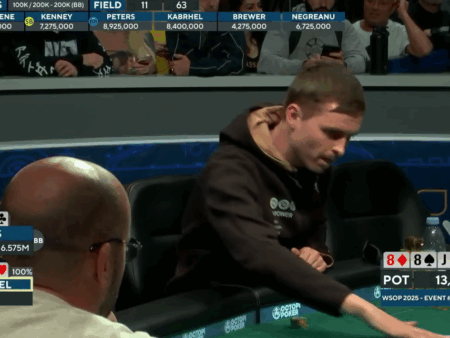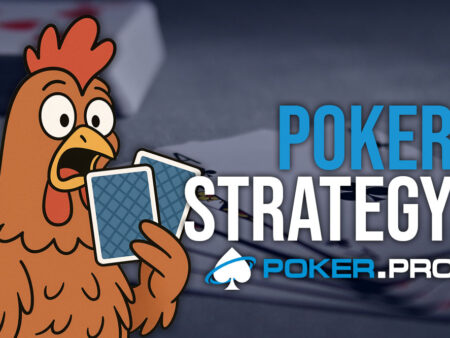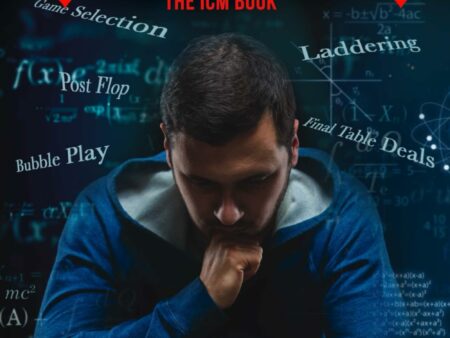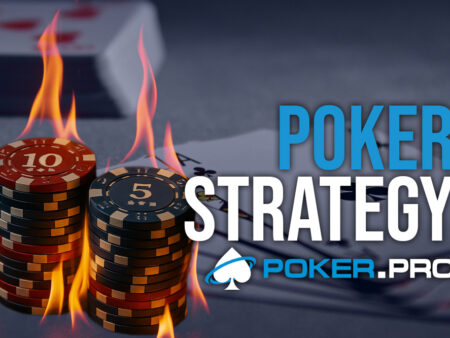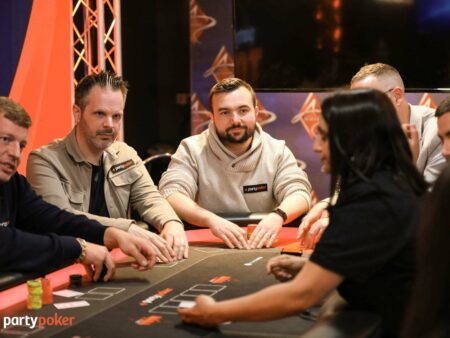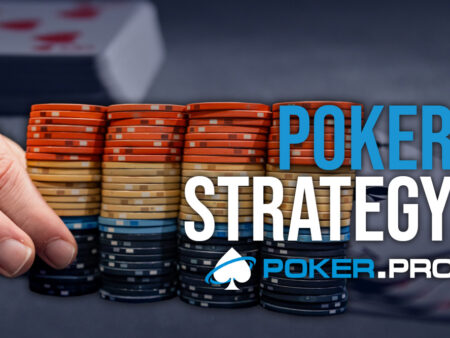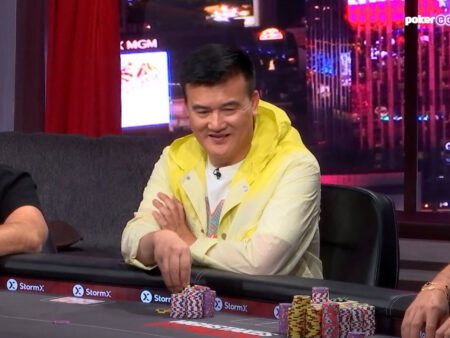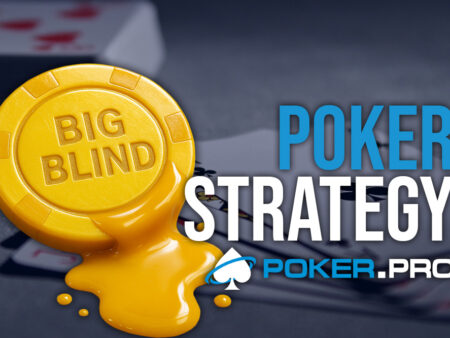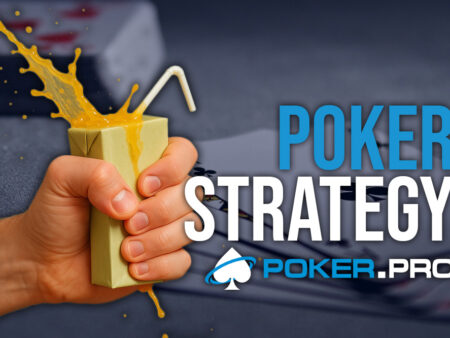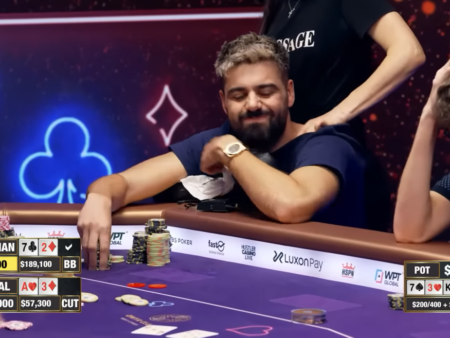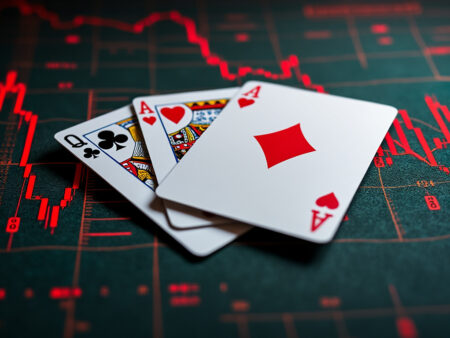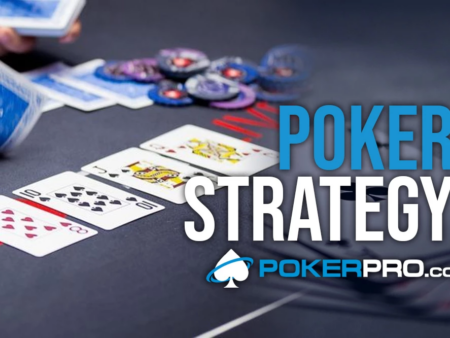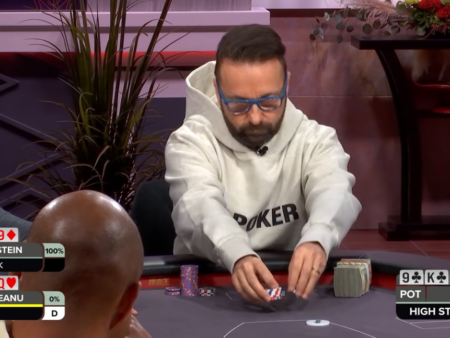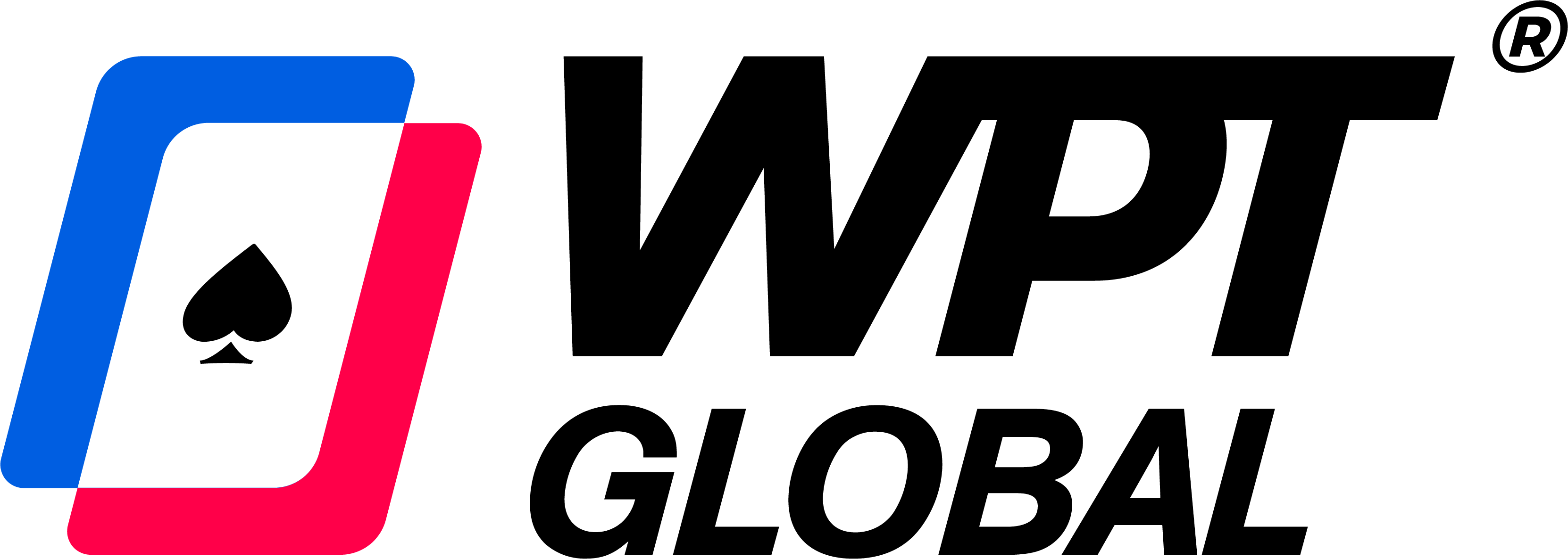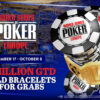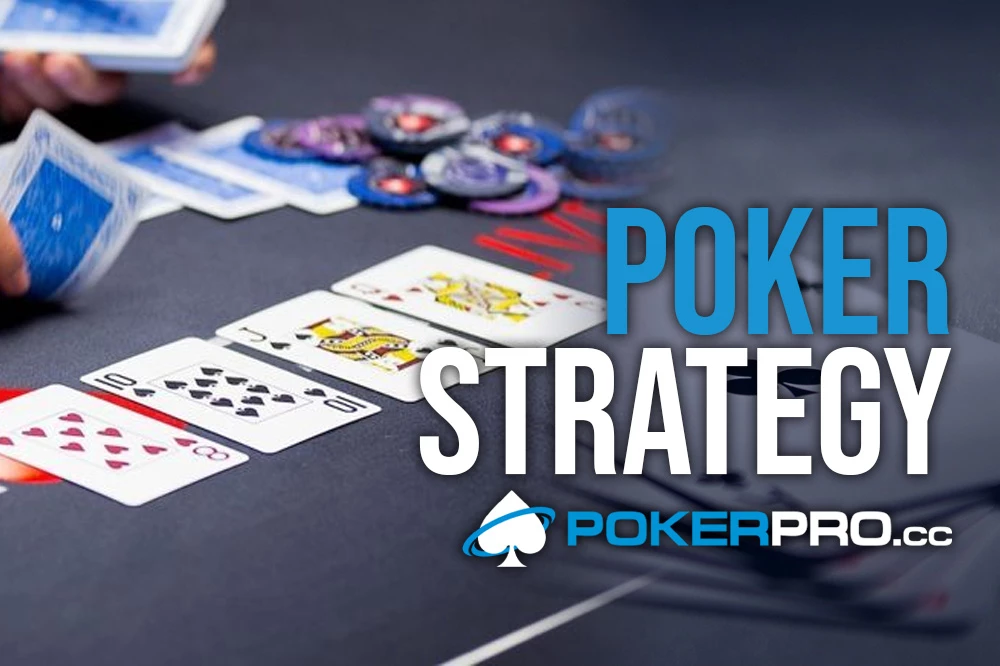
In today’s poker, the 3-bet has become one of the main preflop weapons used against many player types. Our 3-bet can be polarized or merged, depending on the opponent we want to use it against.
As we want to adjust our opening ranges to the field or specific opponents we are playing against; we want to do the same with our 3-bet range. If we want to go into the really advanced stuff, we want to have a dynamic range for every opponent, and to do that, we need some hands to get the read on the opponents we are playing against.
When we talk about different 3-bet ranges, we can use the two mentioned above: Polarized or Merged.
The Polarized Range
The polarized range would represent something like two opposites like hot and cold or, in poker terms, nuts or bluffs (very strong or very weak hands). Usually, the spot where we see the most polarized range is the river, where players will go all-in with their nutted hands or turn their air (missed draws), weak showdown value into bluffs.
In 3-bet pots, the most polarized spot will be BB vs. SB 3-bet pot, a rare spot where we have preflop and postflop position advantage as BB.
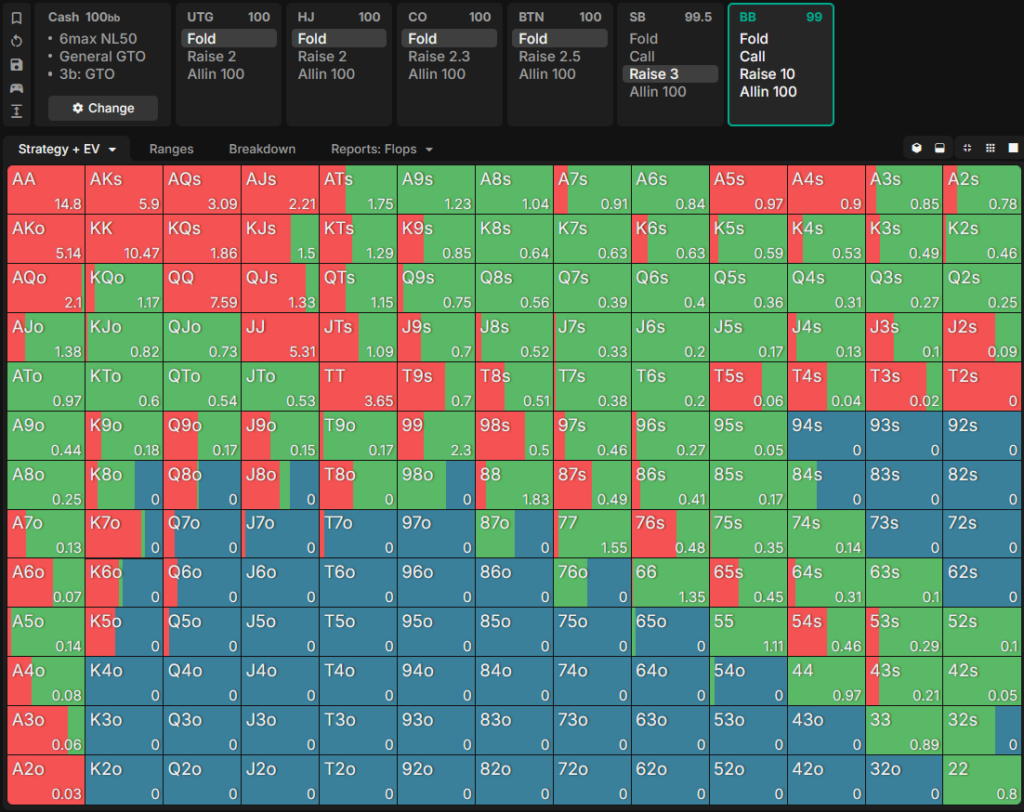
In this image, we can see how tange is 3-betting only best hands (AA, KK, QQ, AK, AKs) and including some of the weakest hands (T2s, T3s, J2s, K5o, K6o, Q5o).
What is The Point of Polarization?
The main point of polarization is to avoid being exploited by opponents who overfold. If we shove linear range on the river, with no pure bluffs we would get exploited as we would get folds with our hands that what action. But if we have pure bluffs, we are making our 0 EV hands profitable against opponents who overfold.
Merged Range
The merged range will contain some nutted hands, some bluffs, and some medium hands. In the next BUT vs. BB example, we can see how the merged range will look.
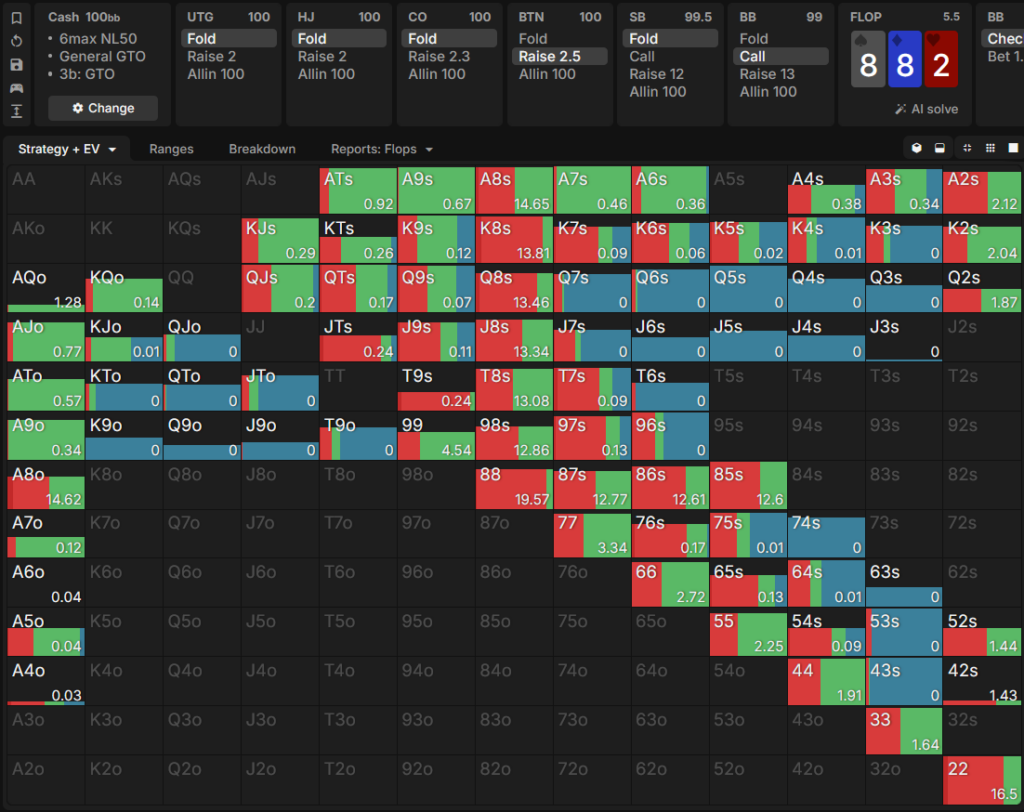
We can see that the BB X/R range on the 882r flop is constructed of nutted hands like 88, 22, and 8x. It also has some complete bluffs like K5s, K3s, and 64s, and some middling hands like ATs, A2s, QJs, and 52s.
We can see that the solver wants to raise 75% of its best hands, 25% of its good hands, 35% of its weak hands, and almost 80% of its trash hands.
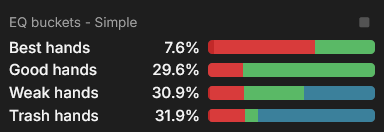
What is The Point of Merging?
Polarized ranges are exploitable since they would look super face-up if we go big on the flop and then have to give up every time on the turn or river when we don’t hit or get into the world of hard over bluffing. Merging also gives your opponent worse equity compared to polarized ranges, which means you can barrel more often, and they can’t call as wide.
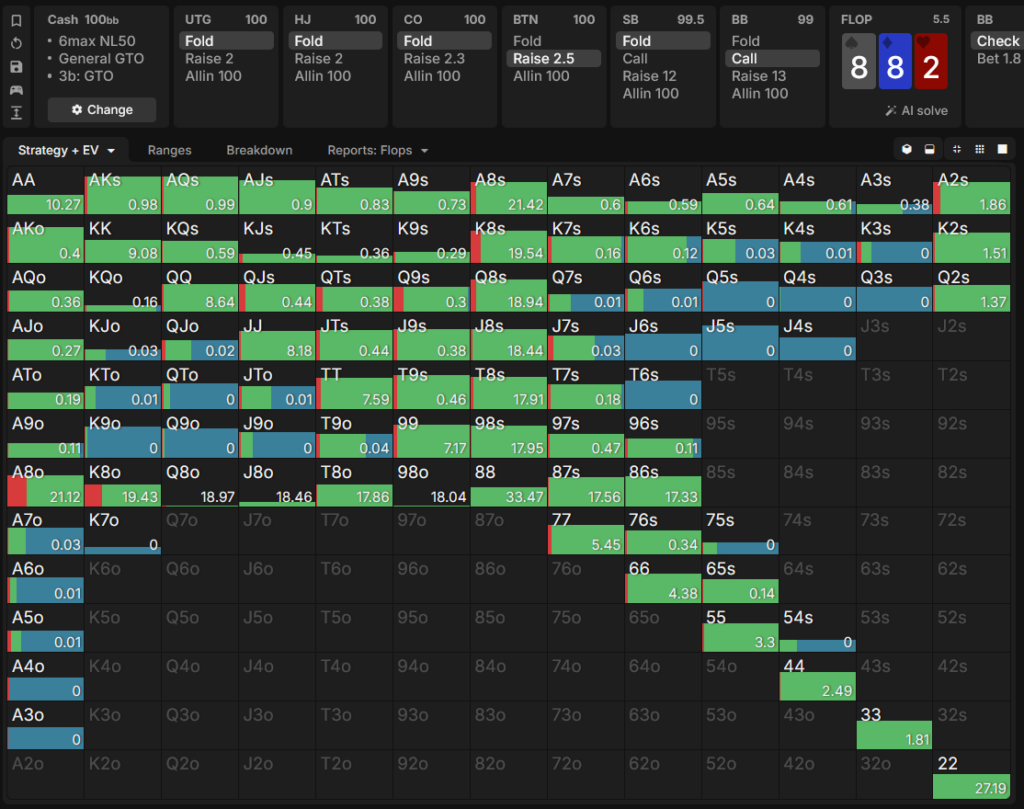
This is how BTN continues against X/R; BTN needs to continue with overcards and backdoors that even BBs medium hands beat. Merge gives you the possibility to outdraw them, continue bluffing on later streets, and make them fold a high percentage of their equity.
